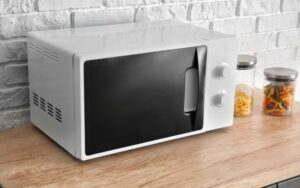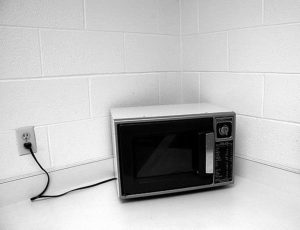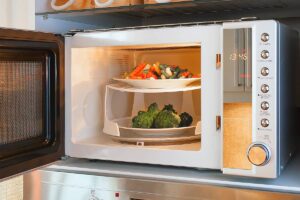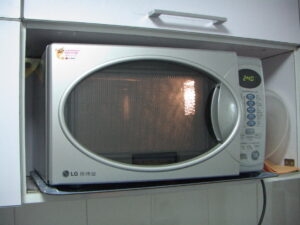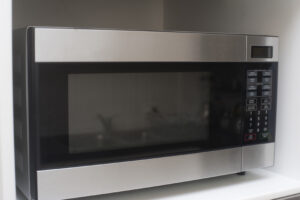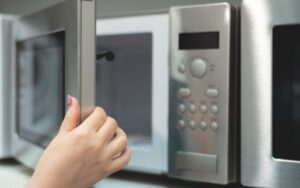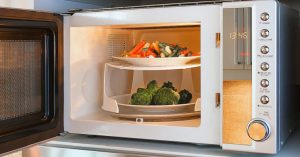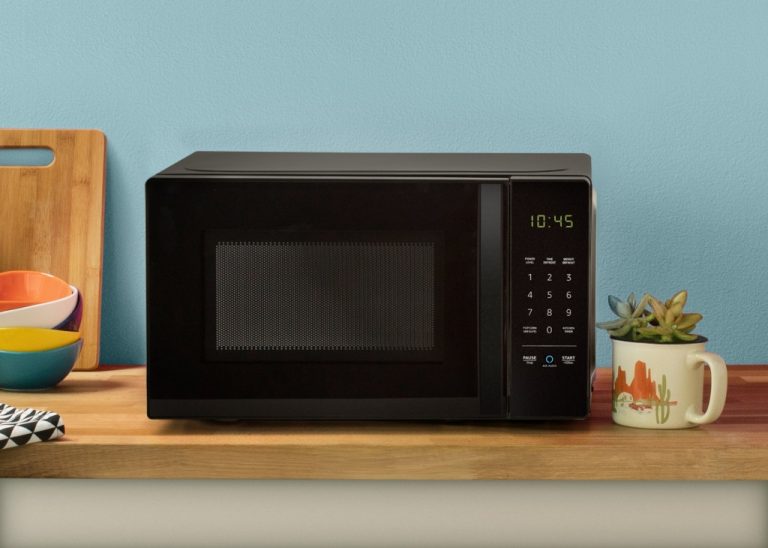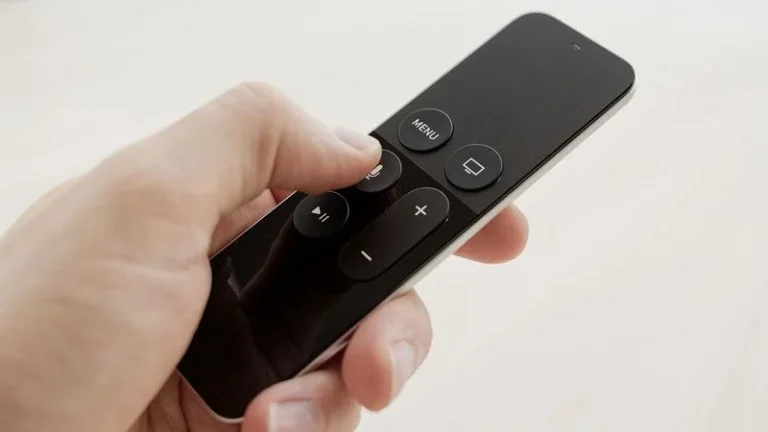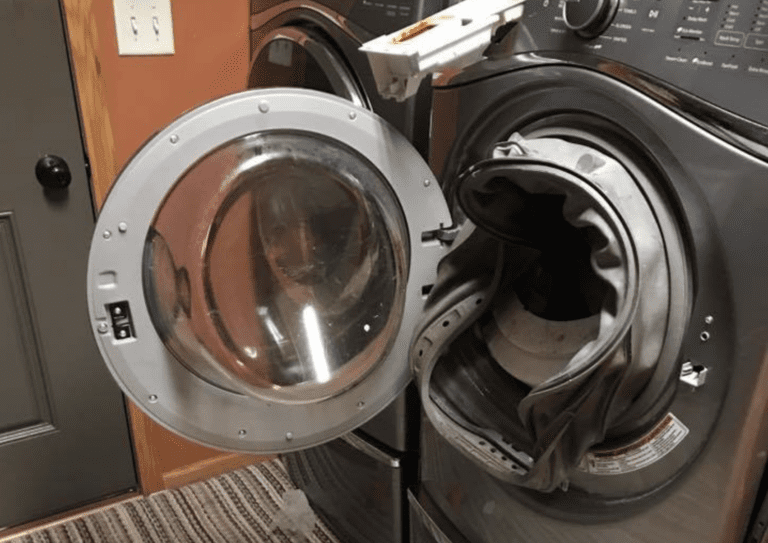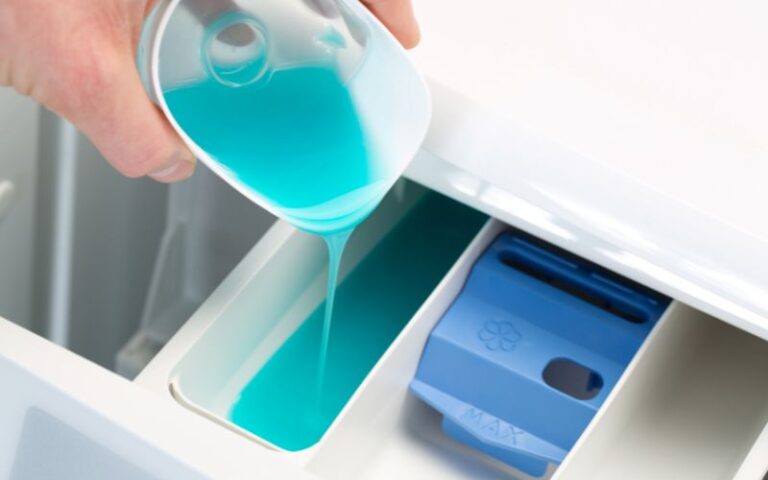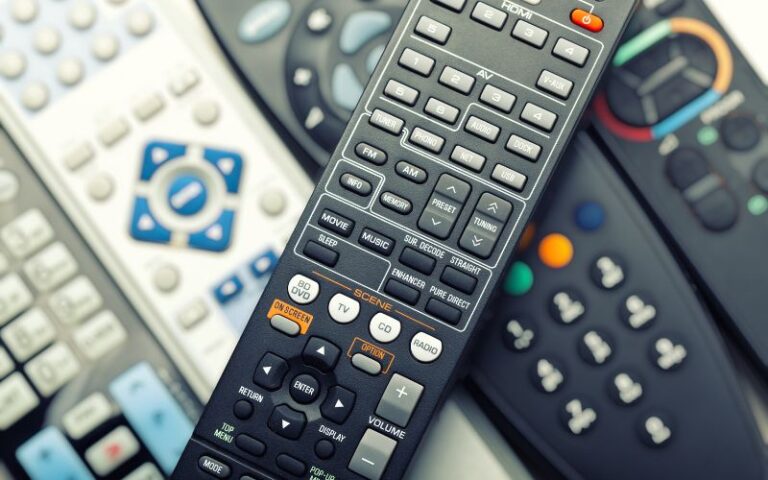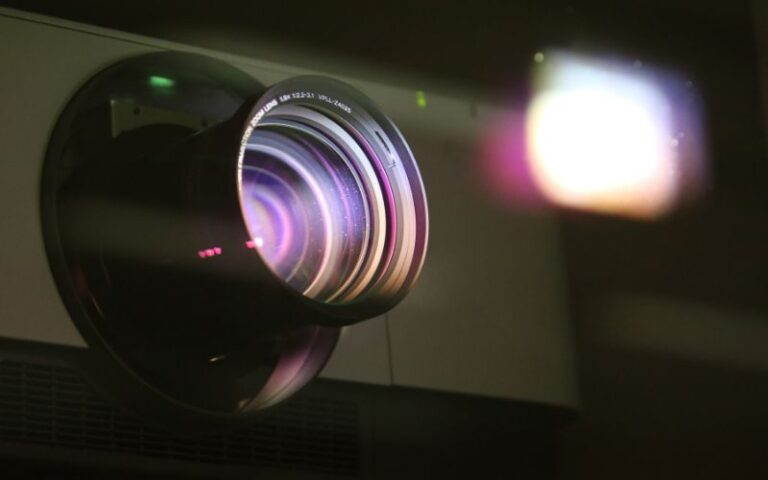This is How Hot A Microwave Gets!
When you want to heat your food instantly, your first resource is a microwave oven. As you already know, the simple reason is that microwave ovens serve best for heating.
However, as much as the microwave is for heating, this state can become hampering when the temperature exceeds the standard heating temperature.
The article seeks to clear the myth and misconception of how hot a microwave oven can get.
How hot a microwave can get depends mainly on the type of microwave in question. Household microwave oven consumes about 700 watts of power producing 212 degrees Fahrenheit of heat. However, a commercial microwave oven produces around 500 degrees Fahrenheit of heat. Nevertheless, other factors influence how hot a microwave oven can get.
Like every kitchen appliance at home, your microwave demands complete care and maintenance, which further involves knowing how hot it can get.
This article will help you in no small way in getting to know the hot a microwave can get. In addition, you stand to obtain complete knowledge of microwaves.
How Hot Can a Standard Microwave Get?
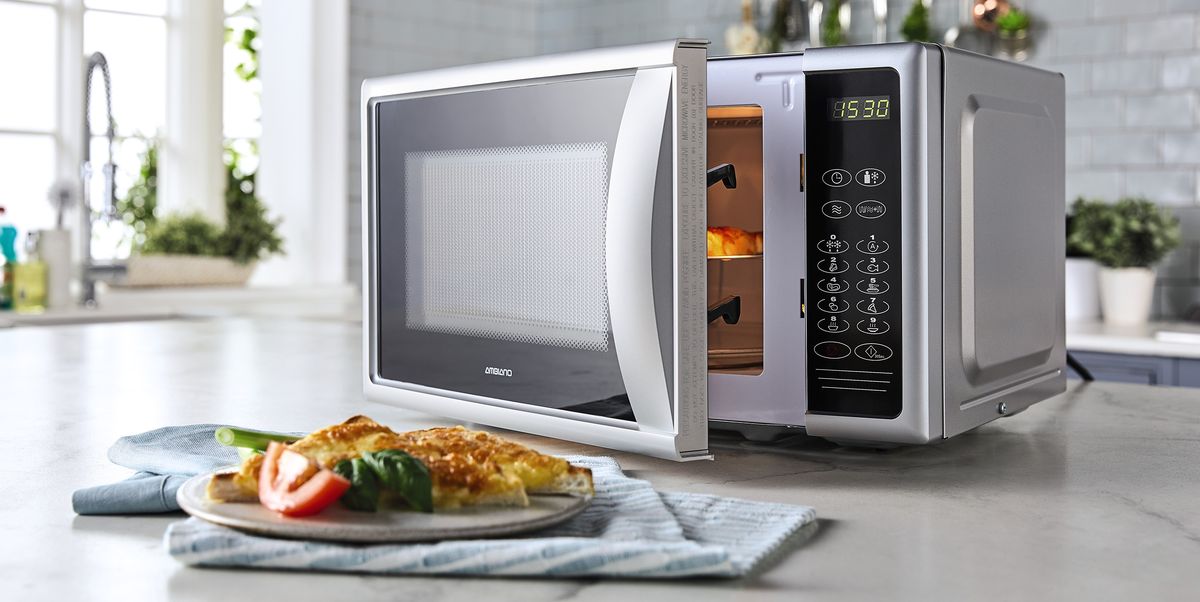
The heat level of a standard microwave oven is equivalent to the boiling point of water, which is 212 degrees Fahrenheit.
A 100 percent heat capacity of a microwave is at the peak of the boiling point of water.
Therefore, 212 degrees Fahrenheit is the standard hottest a microwave can get. But note that the 212 degrees apply only to household microwave ovens.
The case is different for a commercial microwave oven. A commercial microwave oven can get as hot as around 500 degrees Fahrenheit.
It is worth noting that a plethora of reasons can influence the heat a microwave produces.
To begin with, the type of microwave oven in question. As mentioned, the type of microwave count is among the factors influencing the microwave’s hottest level.
Microwave ovens vary from one to another; hence you shouldn’t expect two different brands of microwave to produce the same heat.
Secondly, the microwave oven’s purpose also contributes to how hot it can get. We have household ovens and commercial microwave ovens. Their heat capacity is different.
Thirdly, the microwave’s consumable power also determines how hot the microwave will get. The power of the microwave, in this sense, refers to the intensity of the microwave oven.
Microwave ovens come in different designs and classes, so the higher the power watt of the microwave, the hotter it can get.
How Hot Does a Microwave Get In 30 Seconds?
The microwave will barely get hot in 30 seconds. The simple reason is that a microwave in itself does not produce heat.
Since the microwave doesn’t produce heat, 30 seconds isn’t enough time for a microwave oven to work.
So, measuring how hot a microwave will get in 30 seconds is impossible. There is no saying that a microwave will be a particular degree hot in 30 seconds.
Microwaves don’t operate with the same principle as other ovens when heating food substances. Click here to learn more about the working principle of microwave ovens.
Gas ovens use latent heat to heat the food substances inside the oven. Hence, you can measure how hot the oven will be within 30 seconds.
However, the case is different with microwave ovens which don’t work with the principle of latent heat in heating food.
For microwave ovens, it works by heating the internal water molecules of the food substance. So, within 30 seconds, you may notice little or no heat from the oven.
Plus, the heating based on the working principle of a microwave oven is from the inside out. So, it will take a little more than 30 seconds before you notice a reasonable amount of heat.
However absurd as it may sound, the more often you use a microwave oven, the easier it gets hotter.
But generally, it is difficult to say that a microwave will be a certain degree of hottest in 30 seconds.
What Is the Maximum Heat for a Microwave?
The maximum heat a standard household microwave can produce is 212 degrees Fahrenheit.
The 212 degrees Fahrenheit set for household microwave ovens is the boiling point of water.
However, you can expect up to 500 degrees Fahrenheit in commercial microwave ovens. The purpose of use makes for the difference in the maximum heat the microwave can produce.
The measure of the maximum heat a microwave can produce grossly depends on the design and brand of the microwave oven.
So, regardless of the numerous factors influencing how hot a microwave can get, the maximum heat remains the same. The only varying factor is the microwave brand.
One thing to note about microwave ovens is that they do not operate like other ovens. Therefore, you should expect little heat capacity from a regular household microwave oven.
The maximum heat capacity of microwaves is a measure of the water’s boiling point, 212 degrees Fahrenheit.
Since the microwave heats food substances by exciting the water molecules of the food, the maximum heat will be the measure of the food’s moisture.
Can a Microwave Overheat?
Of course, the microwave oven can overheat, especially when you neglect the instructions that govern its use.
As mentioned earlier, microwave ovens heat the water content in the food substance. The steam within the food substance heats the food inside the microwave.
If there is little or no moisture in the food content, you will likely experience microwave overheating.
Microwaves can overheat. For this reason, you will find several features that stand as safety measures in such instances.
The cooling fan, beeping sound, automatic door locking features, and the like are all safety features against overheating.
From another perspective, all the above features indicate that a microwave can overheat. Note that a fault in the microwave’s safety feature will result in the microwave overheats.
Since many microwaves are manufactured basically to supply heat, there is always a maximum amount of heat that is standard.
Beyond that standard, the heat level is a danger zone leading to overheating the microwave. For the safety of the microwave, every microwave oven design is such that it doesn’t overheat.
So, it is improbable for a microwave to overheat, but it happens sometimes.
Here are common issues that can cause the microwave oven to overheat and how to avoid them.
| Causes Of Overheating | Quick Solutions |
|---|---|
| Prolonged heating. | Always stick to the instructions in heating every food content. |
| Metal debris. | Ensure you properly clean the inside of the oven. |
| A faulty component. | Fix every faulty safety component to avoid overheating. |
| Amount of electric supply. | Always opt for a microwave with a high watt power. |
How Do I Regulate the Heat of My Microwave?
The first step to regulating the heat of a microwave is to be cautious of its use. It is imperative to monitor the microwave to avert burns or overheating.
Having been cautious, you will require little to no effort in regulating the microwave’s heat.
It is the case when the oven comes standard with varied default settings, which is the design of modern-day ovens.
Microwave ovens have a convection mode that helps you regulate your microwave’s heat.
Hence, you only need to be cautious of the microwaving process, unlike the case of traditional ovens requiring extra measures.
Below are the steps to regulate the amount of heat in your microwave.
- Press the convection button to allow for your setting.
- Select the heat temperature you want for your food by pressing the up or down arrow-like button.
- Press the select button to affect your option. Note that microwaves will change to the default cooking temperature after five seconds of not selecting your option.
- You then equally select a time interval for the heating. Maximum time is always 60 minutes. It is most helpful when you are multitasking in the kitchen.
- Then click on the start button on the microwave.
You May Like To Read
- 3 Reasons Your Whirlpool Microwave Display is Not Working!
- 5 Reasons That Microwave Plates Break!
- 5 Reasons Your Frigidaire Microwave Keeps Tripping Breaker!
- Can A Microwave Be Plugged Into Any Outlet? (Explained)
- Can You Microwave Things that Say Oven Only? (Explained)
- Can You Put Two Items in Microwave Together? (Read This First)
References:



